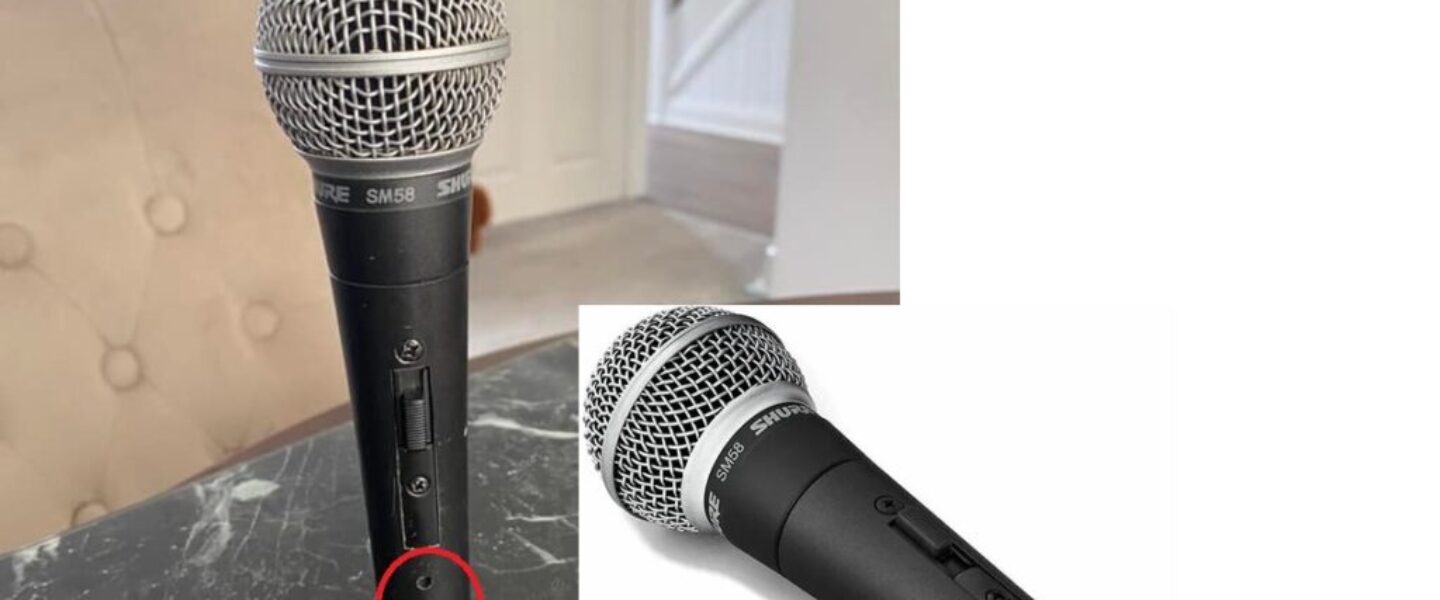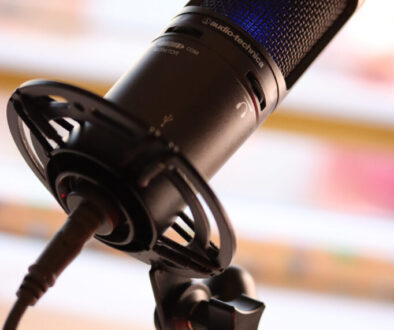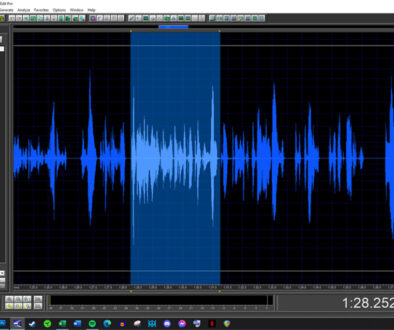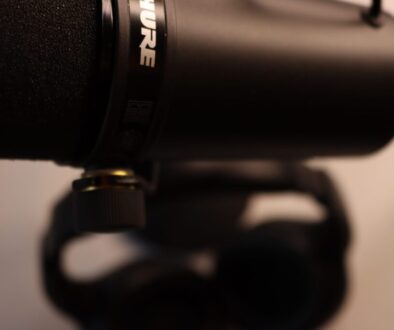Having a microphone is obviously a critical part of your Voiceover setup. Without that and some recording software [your DAW – Digital Audio Workstation], there is no way to capture your dulcet tones!
You have probably heard of the adage “You get what you pay for”? This is only somewhat true regarding microphones. Excellent results can be achieved with only a modest budget. I’d suggest that many would struggle to tell the difference between the sound of a £150 mic and one costing £1,500. Between £15 and £150 is a completely different story though.
You’d be crazy to be spending hundreds, or thousands and assuming that it would automatically ‘level-up’ your recordings. That said, if you are spending that, you probably don’t need to be starting out as a freelance Voiceover artist! [VO]
TLDR
Starting off as a budding VO artist? Spend £100-150 (RRP) on a Large-diaphragm, USB, Condenser microphone that ‘hears’ in a Cardioid pattern.
What do I need to spend?
In my experience, a budget of a couple of hundred pounds/dollars is plenty to secure a mic which can provide excellent results. (cost of goods in Britain vs US reference – Rob?). It should be good enough for someone just starting out through to a part-time enthusiast and recording artist such as myself. How much you need to spend exactly will really depend on the below.
What type of microphone do I need?
Choosing a microphone is not easy. Microphone type, polar patterns, diaphragm sizes and frequency response all need to be considered. Thankfully, I won’t bore you with all that. For voiceover work and within our budget, you want to be using a condenser microphone with a Cardioid pattern.Condenser microphones are more suited to the quieter, close up recording you will be doing with VO work due to their structure. A large diaphragm is most suited to this – it is very much like your eardrum. The larger the diaphragm, the greater the sensitivity and dynamic range. Essentially, better for clarity and the generally quieter and varying timbres of the human voice.
A polar pattern is essentially the area where the microphone will pick up sound. With VO work, it is likely that you are the only one being recorded at any time. Hopefully, you will be in a quiet space and directly in front of the microphone. A cardioid pattern (right) is best suited for this. It mostly does not pick up sound from behind and therefore has the best noise reduction properties.
The orange line represents the optimum positioning. Closer than this and the result will feel louder than the source. There will also be greater emphasis on the bass. It would be like listening through Beats (pre-Apple) headphones – you would hear less clarity due to the perceived lack of higher frequencies.
Further away and it will begin to sound like you are listening through your phone or laptop speaker – more ‘tinny’ and ‘airy’.
You will need to experiment to find the best position for yourself. It will vary depending on the chosen equipment and the person themselves. To check properly, you will need to listen back on a good set of monitoring headphones. They should provide as natural (flat) a response as possible. Unfortunately, your Airpods or Skullcandy headphones just won’t cut it I’m afraid.
But we’ll talk about that in another post
Some mics will have the ability to record using several different polar patterns. This adaptability is great if you are recording a podcast with two people or want to capture the audio within an entire room. For recording voiceovers however, these extra patterns are less than useless.



